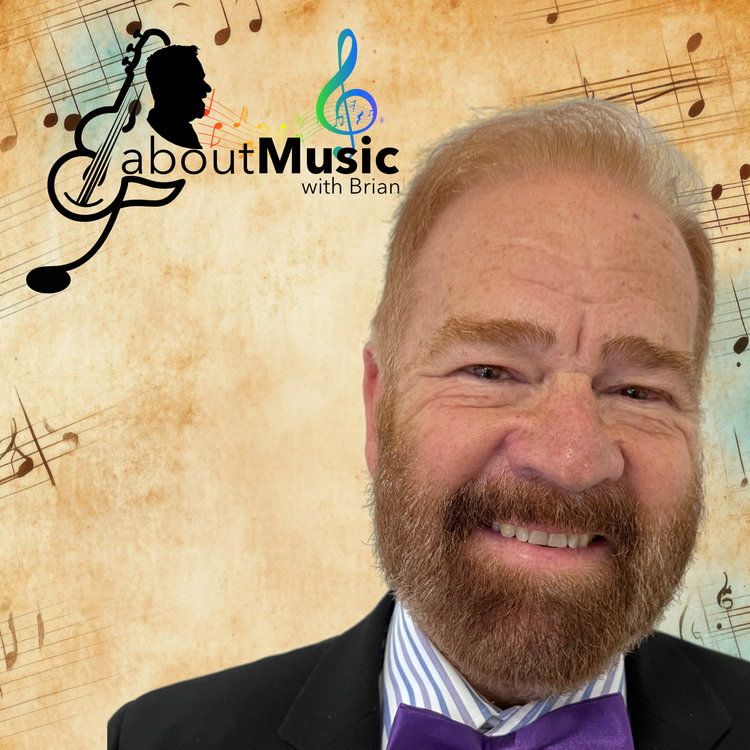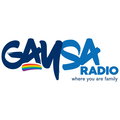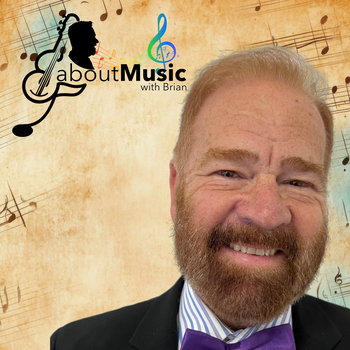
Easy Listening Oboe Concertos – Programme 115
Loading player...
Welcome to “about Music“ with Brian.
In our exploration of the woodwind instruments of the orchestra, we have listened to members of the flute family, which are all played by blowing air across or into an opening, and members of the single reed family, which have a single reed that vibrates against a mouthpiece. These were the clarinet and the saxophone.
We come now to the double reed instruments, oboe, cor anglaise, and bassoon. Double reed instruments feature reeds with two pieces of cane that vibrate against each other when a musician blows against them.
Today we begin with the oboe, which has a bright penetrating sound, and is the instrument to which the rest of the orchestra must tune their instruments.
The oboe is a very old instrument, whose roots go back to ancient reed instruments like those of Egypt and Mesopotamia, as well as the Greek aulos and Roman tibia.
For our listening pleasure I have four concertos today.
Please remember to listen for the standard concerto features with each concerto:
A lively opening movement, usually lead by the orchestra, a slow and lyrical second movement, and a third movement called a Rondo which features a recurring theme. Any or all of the movements may have solo passages, called cadenzas where the soloist may show their ability.
In our exploration of the woodwind instruments of the orchestra, we have listened to members of the flute family, which are all played by blowing air across or into an opening, and members of the single reed family, which have a single reed that vibrates against a mouthpiece. These were the clarinet and the saxophone.
We come now to the double reed instruments, oboe, cor anglaise, and bassoon. Double reed instruments feature reeds with two pieces of cane that vibrate against each other when a musician blows against them.
Today we begin with the oboe, which has a bright penetrating sound, and is the instrument to which the rest of the orchestra must tune their instruments.
The oboe is a very old instrument, whose roots go back to ancient reed instruments like those of Egypt and Mesopotamia, as well as the Greek aulos and Roman tibia.
For our listening pleasure I have four concertos today.
Please remember to listen for the standard concerto features with each concerto:
A lively opening movement, usually lead by the orchestra, a slow and lyrical second movement, and a third movement called a Rondo which features a recurring theme. Any or all of the movements may have solo passages, called cadenzas where the soloist may show their ability.

